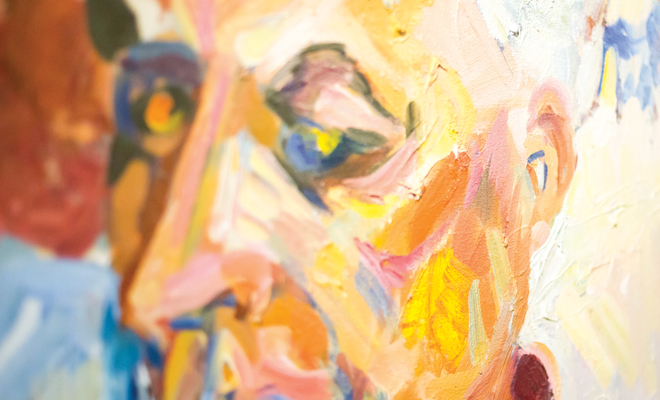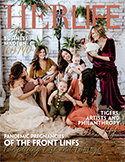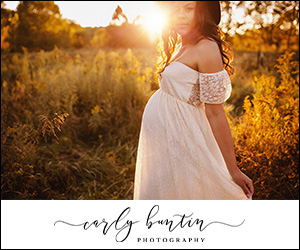 Photo Courtesy of Sager Braudis Gallery
Photo Courtesy of Sager Braudis Gallery
Sager Braudis Gallery: Representing the Woman Artist
Sager Braudis Gallery brings the world of art to Columbia, Missouri’s North Village Arts District. Hannah Reeves, MFA, director and curator, focuses on community enrichment through visual art as she selects exhibits of regionally, nationally and internationally acclaimed artists. Diverse media are represented, such as painting, drawing, metal, fiber, wood, glass, printmaking and photography, and gallerygoers can view artists ranging from mid-century masters to emerging and established contemporary artists. During the First Friday gallery crawl, exhibits are open during gallery business hours with no cost for admission.
HLM: Hannah, tell us about your journey in becoming director & curator of the Sager Braudis Gallery? Are you an artist yourself?
HR: Art was part of my life from the time I was little. I also learned to sew before I learned to read, so it’s probably not surprising that I ended up with a Master of Fine Arts in fibers. I taught fibers, 3D design and drawing for years at both the University of Missouri and Missouri Valley, and partway into my time as an instructor I started directing the small, contemporary art gallery at MU. As a member of the arts community here in Columbia, I was of course familiar with Sager Braudis Gallery and had known Joel and his work for a while when I learned that the gallery was seeking a director. It’s kind of funny; my job title before was gallery director as well, but in a lot of ways the jobs could not be more different. Luckily for me I didn’t know to offer that caveat to my new employers. I dove right into projects here that balanced artwork sales with community engagement. Everything here is a team effort, full of brainstorming and enthusiasm, and I’ve never looked back. In fact, it’s safe to say I’ve always got one foot about a year into the future of the gallery.
HLM: How many women artists does the gallery represent? Why is this significant?
HR: Sager Braudis Gallery represents around 150 living artists, of which 90+ are women. While our first priority is the quality of the artwork we carry, the truth is that for basically all of art history, quality wasn’t appropriately recognized in the work of women. There are countless examples of women with impressive studio practices, output and vision who just were not granted the space to be acclaimed within their profession or by the general public. This is beginning to change; we’ve seen major museum exhibits all over the world just in the past five years bringing this historically overlooked but brilliant work to light. We’re very excited to be a part of that change. But in the end, we exhibit work we believe in, and that turns out to be easily compatible with solid representation of women.
HLM: Your current showing, the Masters Exhibit, centers around the life of artist Mary Abbott. What’s the story behind featuring Mary’s long-developing career?
HR: Mary Abbott was an abstract expressionist as skilled and prolific as the more famous names of her generation. She made a career of painting but she hasn’t yet seen the extreme celebration and the commensurate value placed on her artwork as some of her male peers. One very important feature of Abbott’s career is its longevity, as you mention, and so we thought that one way to help convey her importance in the art world would be to encourage viewers to think about how much skill and wisdom a person would gain by practicing their profession for 70+ years. The growth, of course, is phenomenal, and yet there’s a certain confidence of mark-making that you see in paintings she made at the age of 24 recurring into her work in her 80s. As a museumgoer, I find it moving any time I can see a retrospective show by one artist, just because I feel like I get a sense of another human being and get to dip into their timeline and inspiration. We’re so incredibly honored to be able to present Mary Abbott’s original works from 1945 through 2003 in the Masters Exhibit and to be the first retrospective showing of her work since her death in August 2019.
HLM: What do you hope for the future of Sager Braudis Gallery and its women artists?
HR: The phenomenal artists we represent are the ones who really do the work; they bring deep insight, skill and innovation to their profession. All we must do is have a good eye for quality work. Women deliver as frequently and competently as men in the art world, so we just have to stay attuned. The women we represent vary from young, emerging voices to artists with fully established careers and collectors all over the world. Wherever we catch these artists along their path, our goal is to further others’ appreciation of what they do and how they grow as artists. ■








